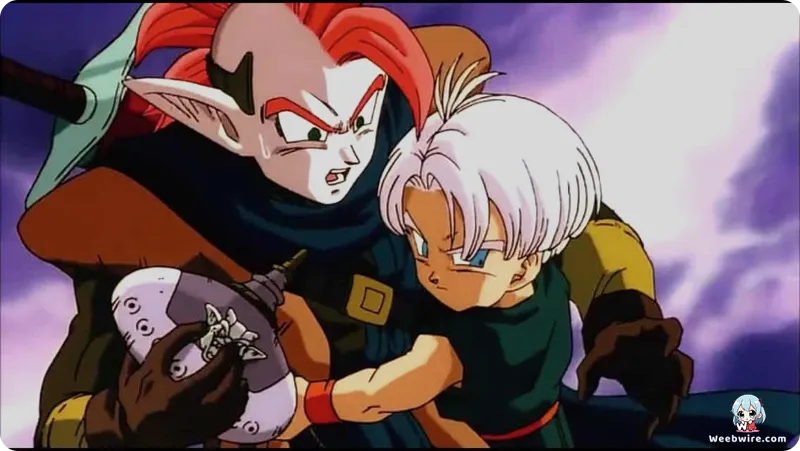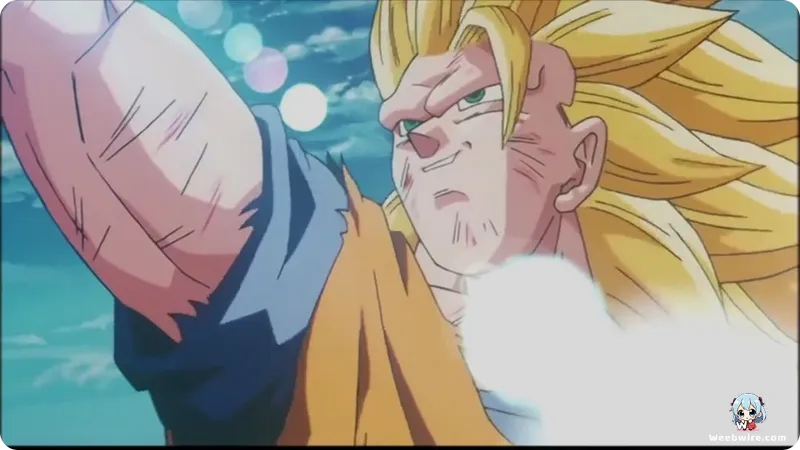Dragon Ball Z's 'Wrath of the Dragon': Unpacking Tapion's Tragic Tale and Trunks' Iconic Blade

Released in 1995, at the peak of Dragon Ball Z's global popularity, Dragon Ball Z: Wrath of the Dragon stands out as a unique and beloved film in the franchise's extensive catalog. As the 13th DBZ movie, this Toei Animation production offered a refreshing, character-driven story, moving away from the usual combat-focused plots. It is particularly celebrated for its emotional depth, its somewhat melancholic atmosphere, and the introduction of the popular, though non-canon, hero, Tapion.
The Tragic Hero: Tapion
Tapion, a brave warrior from the planet Konats, immediately captured the hearts of audiences with his distinctive design and poignant backstory. He carries the immense burden of being the living prison for the upper half of the monstrous demon Hirudegarn, sealed within his own body. This constant threat of unleashing an ancient evil creates a palpable sense of dread and responsibility, making Tapion a deeply sympathetic character. His solitude, driven by fear, makes his eventual, touching connection with a young Trunks all the more impactful.
The relationship between Tapion and Trunks forms the emotional core of the film. Trunks, who idolizes Tapion, sees him as the ultimate hero. This bond culminates in a fan-favorite detail: Tapion is revealed as the original owner of Trunks' iconic sword. As a heartfelt parting gift after Hirudegarn's defeat, Tapion bestows his sword upon Trunks, providing a compelling, if non-canonical, origin for Future Trunks' signature weapon. This act adds a significant layer of legacy and beautifully explains the prop's origins, mirroring Tapion's heroic stance.
Hirudegarn and the Dragon Fist
The film also unleashed the colossal, destructive demon Hirudegarn, a force of pure, mindless chaos. Its kaiju-like design and ability to phase in and out of existence presented a unique challenge, pushing the Z-Fighters to their limits in dynamic, visually impressive battle sequences. Wrath of the Dragon showcased Toei Animation's peak expertise, featuring smooth animation, detailed character models, and vibrant colors throughout its production.

The climax of the film highlights Goku's iconic Super Saiyan 3 transformation and the spectacular debut of the Dragon Fist technique. In this memorable attack, Goku channels a golden dragon, a visual spectacle that has been etched into the memory of fans worldwide.
A Unique Narrative Approach
Departing from typical tournament or galactic overlord plots, the narrative of Wrath of the Dragon skillfully weaves together elements of ancient prophecy and magical artifacts, most notably the Hero's Flute. This mystical instrument, played by Tapion, is crucial for containing Hirudegarn; its sound inflicts pain and forces the demon to retreat. This strategic and mystical approach adds a layer of depth beyond mere power levels and physical combat.
Despite its non-canonical status within the main Dragon Ball storyline, Wrath of the Dragon holds a special place in the hearts of many fans. It is widely lauded as a poignant character piece, particularly for Trunks, and stands as a testament to Akira Toriyama's enduring world-building and Toei Animation's ability to deliver diverse and engaging storytelling.
Credits
Dragon Ball Z: Wrath of the Dragon
Author
Akira Toriyama
Cover Art
Toei Animation Art Department
Studio
Toei Animation
Publisher
Shueisha
Producers





